Charles Edward Chapman - History of California: The Spanish Period
Charles Edward Chapman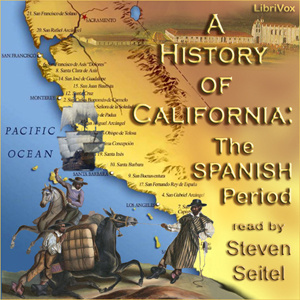
100%
Speed
Early Modern
1.1K
Summary
If you have ever wondered why Spain (and not Japan, which was so so much better positioned to do it) was first to “settle” the Golden State, this book is for you. Professor Chapman has produced a comprehensive and highly entertaining popular history of “the Californias,” beginning with a nod to geography and the native races and carrying on through to the arrival of Old Glory in 1848.What might in less capable hands have proved a heavy historical loaf to digest is lightened and leavened with the yeast of “interesting incident” throughout. Consider the plight of the newly-appointed Governor of Alta California, Pedro Fages, whose own wife, the fiery Catalan Doña Eulalia Callis, who, when she wasn't giving away to the “naked indians” all of her own clothes (and the Governor's, too) secretly petitioned the authorities in Mexico for his removal from office. The author relates at some length the romantic story of beautiful Conceptión Argüello, who chose to wait faithfully all her life for the return of the rascally Razánov the Russian, with whom she had fallen in love. The tragic conclusion of this affair is touchingly imagined in an extended quote from the famous poem by Bret Harte.(1)
But not all is frivolity. The historical meat is here as well, in breadth and in detail. The author's stated purpose is “to show that California history is important as well as interesting,—that the great Anza expedition of 1775-1776 and the Yuma massacre of 1781 demand inclusion in any comprehensive history of the United States,—that California, while it indeed has a romantic history to tell, has also a great deal more than that to contribute to the cherished traditions of the American people.” (Preface)
(1) Conceptión de Argüello. by Bret Harte, Presidio de San Francisco, 1800.
— Summary by Steven Seitel
More from Early Modern
Authorization
By logging in, you agree to the terms and conditions.

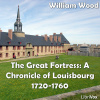

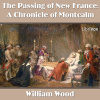




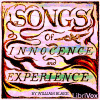
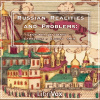
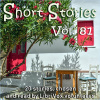
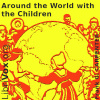
No comments